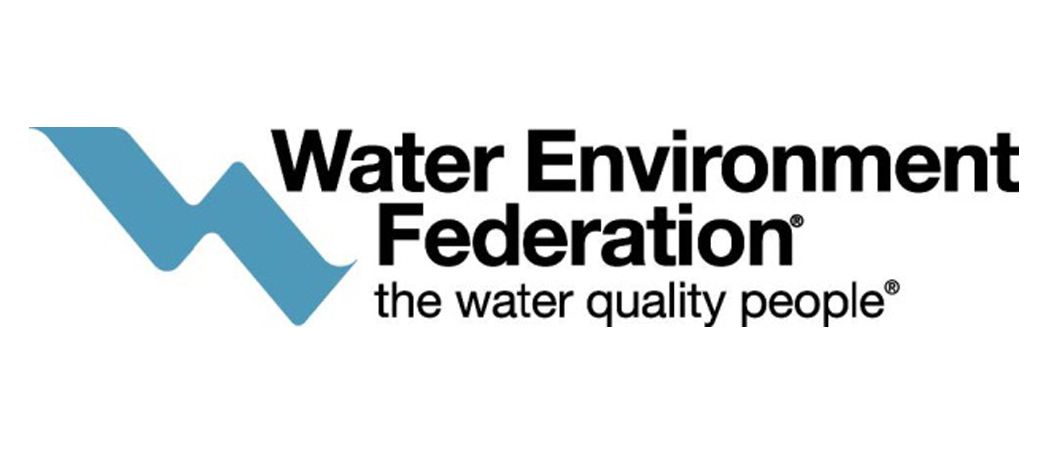Stormwater in 2014: The Stormwater Rule
On January 7, 2015, Water Environment Federation released an article, Year in Review: 2014 Under the Stormwater Lens, which summarized the trending topics relative to Stormwater in 2014. The top three Stormwater Report News Trends of 2014, based on Google Analytics, were the following:
- Green Infrastructure
- Public Outreach
- Policy, specific to the proposed stormwater rule and Waters of the U.S.
While it made #3 on the aforementioned list of Stormwater Report News Trends, Policy, as it relates to the stormwater industry, was arguably the most talked about topic in the stormwater community last year. With a shift in focus from water volume control to water quality improvement over the last several decades, and more recent criticisms that the U.S. Environmental Protection Agency’s (EPA) stormwater program was no longer sufficiently managing the impacts of urbanization on U.S. waters, the EPA was ultimately forced to reassess their program.
For the last several years, the Federal stormwater program has been under greater review, led predominantly by the EPA, and predictions were that regulatory changes were imminent. Some implications included regulation that would expand to smaller communities, reduction in thresholds and increases in performance standards, and requirements for retrofit enhancements in Phase I communities. With rumors of a potential new Phase and forecasts of a more wide-reaching and strict legislation, many stormwater practitioners were surprised at the deferment of the rule. During the early part of 2014, the EPA released statements that efforts would be refocused away from a new national stormwater rule; however, assistance and incentives would continue to be in place to help state and local governments address stormwater runoff.
While changes in policy may have been less significant than predicted, it is expected that MS4 permit compliance will continue to become more stringent, which may consist of more monitoring and analysis of programs and systems. In addition, incentives, ongoing research and focus toward industry-wide improvements will likely result in amendments to local and state stormwater programs intended to more appropriately manage stormwater runoff. Such changes may focus on prioritization of impaired waters, protection of healthy waters, limitations on construction effluent, focus on low impact development and green infrastructure, and greater efforts toward public outreach. Program growth and reform has increased a need for municipal funding, and in many cases has resulted in the adoption of stormwater utility fees. With allocated funding, continuing municipal stormwater program change is anticipated.
For more information on the topics discussed, visit: http://stormwater.wef.org/2015/01/stormwater-year-review-2014/
Thanks,
Jason A.
Senior Project Manager
